Al Qaeda in the Indian Subcontinent incorporates regional jihadist groups
Usama Mahmoud, AQIS’s spokesman, openly stated that the group “was formed by the gathering of several jihadi groups that have a long history in jihad and fighting.”
Usama Mahmoud, AQIS’s spokesman, openly stated that the group “was formed by the gathering of several jihadi groups that have a long history in jihad and fighting.”
A suicide assault team hit an Inter-Services Intelligence Directorate headquarters in Sukkur, while a suicide bomber detonated outside a police station in the town.
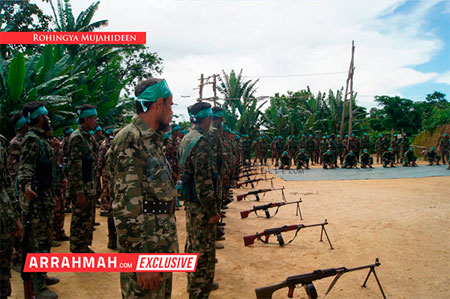 “A brigade of Mujahedeen from Burma, Bangladesh, Indonesia and Tehreek-i-Taliban Pakistan” purportedly have launched operations in Burma. Photographs of scores of armed jihadists in military uniforms have appeared on a jihadist website.
“A brigade of Mujahedeen from Burma, Bangladesh, Indonesia and Tehreek-i-Taliban Pakistan” purportedly have launched operations in Burma. Photographs of scores of armed jihadists in military uniforms have appeared on a jihadist website.
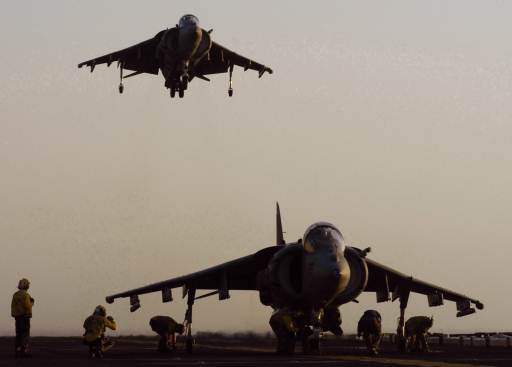 The loss of the strike aircraft will impact military operations in the south. The members of the suicide assault team wore US Army uniforms and “appeared to be well equipped, trained and rehearsed,” ISAF said.
The loss of the strike aircraft will impact military operations in the south. The members of the suicide assault team wore US Army uniforms and “appeared to be well equipped, trained and rehearsed,” ISAF said.
Two Coalition troops, said to be US Marines, were killed after a suicide assault team breached the wire at Bastion and attacked the airfield. During the attack, several military jets, a hangar, and buildings were damaged.
Badr Mansoor led just one Pakistani “company,” and has been reported to have more than 2,000 fighters under his command. For the last three years, the US government has maintained that al Qaeda has only 300 to 400 operatives in Pakistan and that the network is on the verge of defeat.
Among those freed is a former Pakistani Air Force member who was associated with Amjad Farooqi, the Pakistani jihadi who attempted to assassinate Pervez Musharraf at the behest of al Qaeda.
 Ustad Ahmad Farooq, al Qaeda’s spokesman for Pakistan, confirmed that Badr Mansoor was killed in a drone strike on Feb. 2012. Farooq accused the Pakistani military and government of supporting the US’s drone campaign.
Ustad Ahmad Farooq, al Qaeda’s spokesman for Pakistan, confirmed that Badr Mansoor was killed in a drone strike on Feb. 2012. Farooq accused the Pakistani military and government of supporting the US’s drone campaign.
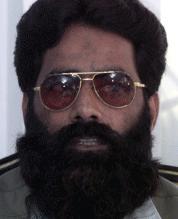
Ustadh Ahmad Farooq, the chief of al Qaeda’s propaganda efforts in Pakistan, was thought to have been killed in a Predator strike with Ilyas Kashmiri.
The five leaders are based in Afghanistan and Pakistan. The designations highlight the interconnectedness of the various terror groups based in the region.
The terror group has been implicated as being behind numerous attacks inside India. The US said the Indian Mujahideen “maintains close ties” to Lashkar e-Taiba, Jaish-e-Mohammed, and Harakat ul-Jihad-i-Islami.
The Harakat-ul-Jihad-al-Islami claimed it carried out the attack to force India to repeal the death sentence of a terrorist involved in the 2001 assault on the parliament in Delhi.
 The tape casts further doubt that Ilyas Kashmiri, a top al Qaeda leader, and Ustadh Ahmad Farooq, al Qaeda’s media emir and top ideologue in Pakistan, were killed in a Predator airstrike in early June.
The tape casts further doubt that Ilyas Kashmiri, a top al Qaeda leader, and Ustadh Ahmad Farooq, al Qaeda’s media emir and top ideologue in Pakistan, were killed in a Predator airstrike in early June.
“The indications are that Kashmiri intentionally floated the news of his death in a drone attack to avoid the heat following the killing of Bin Laden in Pakistan,” according to a report.
Unidentified “sources” say that reports of the top al Qaeda leader’s death are premature.
The so-called Indian Mujahideen is suspected of carrying out the three bombings in India’s financial capital today.
The Harakat-ul-Jihad-al-Islami threatened to attack the foreign office, the foreign secretary, Pakistan’s High Commission in New Delhi, and high commissioner Shahid Malik if Pakistan continues to share information with India about the terror group.

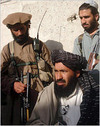 Two of Mullah Nazir’s senior commanders said they would send even more fighters into Afghanistan to avenge US predator airstrikes in South Waziristan
Two of Mullah Nazir’s senior commanders said they would send even more fighters into Afghanistan to avenge US predator airstrikes in South Waziristan
A strike on a “major training center” in North Waziristan killed 18 terrorists, including “Punjabis,” while an attack on a vehicle in South Waziristan killed four “militants.”
The Army of Osama has been tasked with hitting multiple domestic and foreign targets throughout Pakistan.
The strikes took place in areas controlled by Mullah Nazir. “Punjabi Taliban,” Arabs, and Uzbeks are said to be among those killed. Al Qaeda commander Ilyas Kashmiri is also reported to have been killed in the same area just four days ago.
A purported photo of Kashmiri’s corpse has turned out to be that of a Mumbai suicide bomber, and HUJI misspelled the group’s name twice in the press release announcing his death.

The attack took place in Wana, an area controlled by Taliban and al Qaeda commander Mullah Nazir. Ilyas Kashmiri was among those killed.
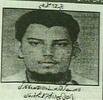 Qari Saifullah Akhtar, the leader of the Harakat-ul-Jihad-al-Islami, was recently freed after being placed into “protective custody” in August.
Qari Saifullah Akhtar, the leader of the Harakat-ul-Jihad-al-Islami, was recently freed after being placed into “protective custody” in August.
Falah-i Insaniat Foundation, its chief Hafiz Abdur Rauf, and two longtime members of Lashkar-e-Taiba were put on the US list of terror entities today.
An al Qaeda leader named Sheikh Younis al Mauritani has been identified as al Qaeda’s external operations chief and number three in the organization. According to US intelligence officials contacted by The Long War Journal, he is neither.
 Osama bin Laden ordered the recent Mumbai-style plot against cities in Europe. Multiple like-minded jihadist organizations assisted al Qaeda in the operation.
Osama bin Laden ordered the recent Mumbai-style plot against cities in Europe. Multiple like-minded jihadist organizations assisted al Qaeda in the operation.